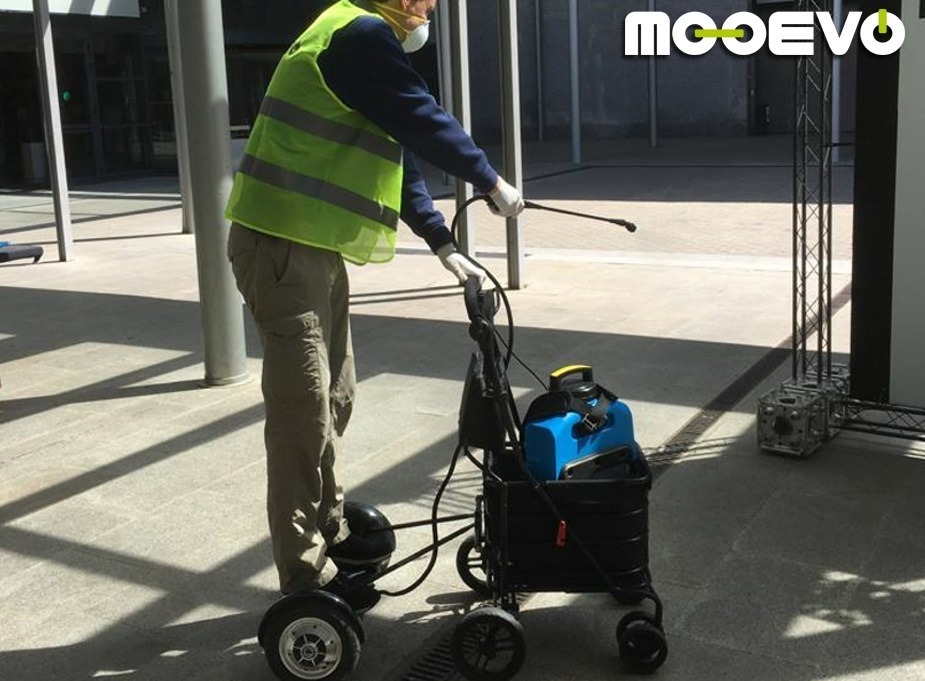Descripción
See the best deals and offers with reviews and price for electric mobility for cleaning and desinfection. Housekeeping trolley and janitor tools. Manufacturers of industrial equipments.
-
Cargo Bike Urban Arrow Family Bosch Cargo Linen 85 Nm
€6.690,00 Ver más: -
BKL Box 1500 y Hulk Drive Cargo ebike Techado y parabrisas
€10.405,00 Ver más: -
Ver patinete electrico mejor compra
Ver más: -
See electric cleaning trolleys for hospitals logistics
Ver más: -
See electric mobility innovation hoverboard attachment adapter hospitals
Ver más: -
Ver patinetes electricos para la calzada
Ver más:
NEXT ON POSTOVA:
First problem is the fact that Last Mile Delivery or LDM is the most expensive part of the logistics process (53% of overall shipping costs) and the expectation of same-day deliveries sets a greater strain on the budget. It is highly time consuming, becoming the most inefficient stage of all the logistic chain. This represents a significant challenge for retail companies that want to deliver their products online, but also for authorities and the society in general.
The current solution is to arrange big deliveries, transported by large vehicles covering long distances in the same day, to meet all delivery orders (as, for instance, supermarkets do). Another solution is using lockers/delivery boxes, which save time for the carrier and avoid second deliveries. This, however, does not avoid the problem: the need for cost-effective solutions able to move around the city comfortably.
Second problem is related to urban logistics, crucial to the economic vitality of urban areas and its environmental impact, becoming a major and growing concern. LMD is a key contributor to traffic congestion in cities, and as of today, the fleet is old and highly polluting: in Spain alone, delivery vans contribute 7.5% of annual CO2 emissions. Besides, delivery vehicles require large bays for loading/unloading, causing important congestion problems.
The solution is to substitute vans for e-motorbikes or cargo bikes, yet, this is being done at a very slow pace, since nowadays, 87% of shipments are made by vans. As a result, cargo capacity is reduced, forcing the delivery drivers to constantly commute back to the hub, increasing delivery times.
Third problem, local authorities of the main European cities have implemented vehicle access restrictions in low emission zones of city centres, which further impose delivery constrains.
The current solution gaining popularity, is to replace existing vehicles with electric ones. Even though it reduces pollution problems and aligns with EU policy, entails large costs on top of the already high costs of the delivery sector (aforementioned in 1).
Lastly, the larger the freight transport system, the further away the delivery agent is from the customer. So, they must solve all the steps it takes to go from the vehicle to the door (parking, unloading, transporting the load inside airports, stations, residential areas, elevators, condos….).
The current solution is to use multiple transport systems for the same cargo: first, the van; from the van to the door, the wheelbarrow; inside the buildings, the forklift; and to get to the end customer, the delivery agent must carry it.








